Feature 8 min read
A round-up of electric vehicle news from 2020
If you'd come to us 12 months ago with a script for a film about 2020 even close to what actually unfolded, we'd have told you to seek help. As years go 2020 was unprecedented – politically, societally and within the automotive industry. But amongst the challenges, the EV market has continued to flourish.
Coronavirus pandemic
It's almost impossible to start with anything else, sadly. 2020 has been defined by the Covid-19 pandemic and worst of all we're far from out of the woods at the beginning of 2021. Putting aside the impact that coronavirus has had on people’s lives and the economy, the pandemic has shaken up the car industry – which effectively shut down back in March and stayed that way for several months. For Volkswagen alone, the pause in operations cost $2.2bn per week. New car sales fell to 1946 levels in the UK with other countries realising similar declines.
One of the early victims of the pandemic was the Geneva Motor Show, which was cancelled at the last minute, leaving its future in jeopardy. It did, however, herald a new way of launching cars and delivering information to the global media: online events. And thanks to these, we still got to see an array of next-generation EVs.
Despite the horrible situation, there have been positives. Clean air days have increased significantly around the globe this year as city streets emptied, showing what we can expect from an EV-driven future of personal mobility. Furthermore, as you'll see below, EVs bucked the trend when it came to sales and have rocketed in popularity. A reduced need to travel has undeniably given those thinking of switching to an EV the chance to make the change and get used to a new way of travelling with less impact on routine.
Record EV sales
In a market that shrank 29.4 per cent compared to 2019, battery electric car registrations grew 185.9 per cent. EVs now take 6.6 per cent of the overall new car market share, up five per cent on 2019 and totalling 108,205 new EVs on the road.
In May, at the height of the first wave of the pandemic, the Tesla Model 3 became the UK's best-selling car – the first time in history that an EV has taken the top spot. Whilst this amounted to just 658 cars, it was an example of a trend where EVs weathered the storm whilst ICE-powered cars suffered. Tesla won out in this case as it has a fully-functioning online ordering and home delivery system – cutting out the physical dealer network – and had the stock available to fulfil orders.
It was a similarly positive story for plug-in hybrids which, despite losing their subsidy in 2018 and initially taking a sales nosedive, saw a 91.2 per cent year-on-year increase, up from 34,984 sales in 2019 to 66,877 in 2020. This has been driven by several factors, which you can read about below, but it means that zero emissions-capable PHEVs now account for 4.1 per cent of the market, and including pure EVs, plug-in cars now account for 10.7 per cent of new car sales.
When it comes to PHEVs, a huge increase in choice has been key to driving sales with manufacturers releasing them in their droves during 2020 to bring their fleet emissions down. Volkswagen Group, Hyundai-Kia, Volvo, BMW and Mercedes – to name a few – have democratised standard PHEV powertrains across their ranges, with dozens of new options added through the year. Favourable company car tax is the icing on the cake in driving PHEV popularity.
2030 ban on new petrol and diesel sales
After a year of speculation, the UK government finally put into legislation a ban on the sale of new petrol and diesel cars from 2030. Part of a wider range of green initiatives, the 2030 ban will prove to be a big part of the UK hitting net zero carbon emissions by 2050 and will see a host of measures implemented to stimulate and facilitate the widespread ownership of EVs. Pressure from a variety of bodies during 2020 played a big part of the 2030 ban being put in place.
For the most part, industry and automotive groups welcomed the news, albeit with the caveat that the government must lead in developing infrastructure and green energy to power it. Mike Hawes of the SMMT said: “Success will depend on reassuring consumers that they can afford these new technologies, they will deliver their mobility needs and, critically, that they can recharge as easy as they refuel.”
At the time, uncertainty around a no-deal Brexit, and its impact on the cost of EVs, meant that the industry was worried about a critical mass of people buying EVs in the forthcoming decade. However, now that a deal has been done, significant price rises have broadly been negated.
EVs becoming more affordable
“Barriers to adoption” is a phrase we use all too often when it comes to EVs. Truth be told, there aren't many for most people nowadays except one – cost. In survey after survey, the financial side of buying an EV is the main thing stopping people, with a global survey of 20,000 people back in January putting price as the highest of the hurdles to overcome.
The price of EVs is slowly coming down, however. MG is arguably leading the way here with its popular MG ZS EV, which can be had for less than £25,000, now joined by the MG5 EV – the first fully electric estate available in the UK. It, too, can be had for the same price and offers all the room, performance and range that most people will need from an EV. For £25,100 you can get yourself a MINI Electric, and while they’re more suited to the city than for load lugging, you can also pick up a SEAT Mii electric and smart EQ forfour for under £20,000.
And if you don’t have a budget of £20 to £30,000, a maturing used market is now enabling more people to afford secondhand EVs – most of which will have long battery warranties left on them. What's more, the extended warranty market for EVs has really come alive in 2020, with battery cover now available for the first time. In Scotland, the government is offering interest-free loans of up to £20,000 to help people buy their first used electric car.
Whilst up-front costs are a barrier to adoption, long-term running costs are far cheaper than an equivalent petrol or diesel car. In July, research by Direct Line showed that the average zero-emission model is already cheaper to own than a petrol car. On average, an electric vehicle would cost the owner £3752 a year over the course of its life, compared to £3,858 for a petrol car, resulting in an annual saving of £107, largely because fuel and tax and maintenance costs are lower. What’s more, recent findings from CompareTheMarket.com now show that on average, EV owners pay £89 less for a year's insurance than for a petrol or diesel car – expenditure that was previously more expensive. But the biggest news (according to figures released by Bloomberg New Energy Finance) has to be that the cost of making lithium-ion battery packs for EVs has for the first time fallen below the ‘magic number’ needed to bring the price of EVs on par with that of internal combustion engine cars, and will soon be an industry average by 2023.
In 2021, we reckon that affordability will be one of the major themes in the media, and from manufacturers themselves.
Charging infrastructure continues to develop
After cost, the next most important issue facing consumers who want to buy an EV is charging – more specifically, availability, speed and reliability. There are now more than 35,500 individual public connections at over 13,000 locations in the UK, with a typical 30 day period seeing over 750 added to the network. What's more, the rapid (25-99kW) charging speed range is the fastest growing.
Regular public charging stations in car parks, on roadsides, at services and leisure destinations are nothing new, but 2020 saw new ways of charging going live. Chief among these was GRIDSERVE's inaugural Electric Forecourt, located in Braintree, Essex. Using a modified interpretation of the traditional petrol station, it has the ability to charge 36 EVs simultaneously at speeds of up to 350kW whilst providing conveniences for people as they wait. The notion of charging hubs like this could well form a big part of how we charge in future, and GRIDSERVE is planning for 100 locations to open in the coming years. Shell is also converting one of its forecourts to EV-only use however this is yet to open.
In December, Co Charger launched its solution to help fill a gap in the charging market. Dubbed an 'AirBnB' for EV charging, it links those who have a home charger with those in the local area who need one. They can then share the facilities and take payment for doing so, with the idea being to create community-based charging. Co Charger's hope is to plug the gap in public charging facilities for neighbourhoods where many people don't have off-street parking.
Discover EV's take
Despite its numerous challenges, 2020 has ultimately been a good year for electric vehicles, if slightly stunted compared to what it might have been. A virtuous cycle of increasing consumer demand and government policy that favours electrification of personal transport have been the driving factors and – fortunately – despite the pandemic, governments have stuck to their guns on green policy.
Look out for our round-up of what to expect in 2021!



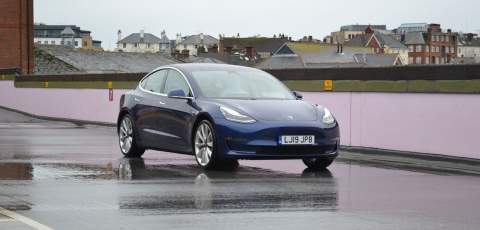
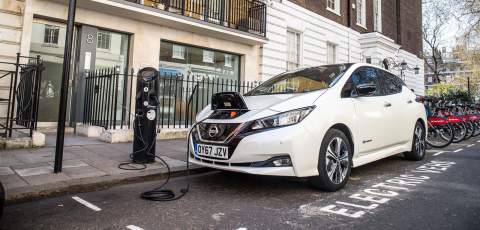
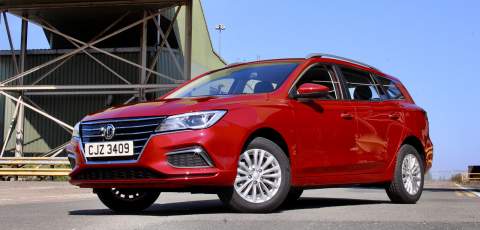



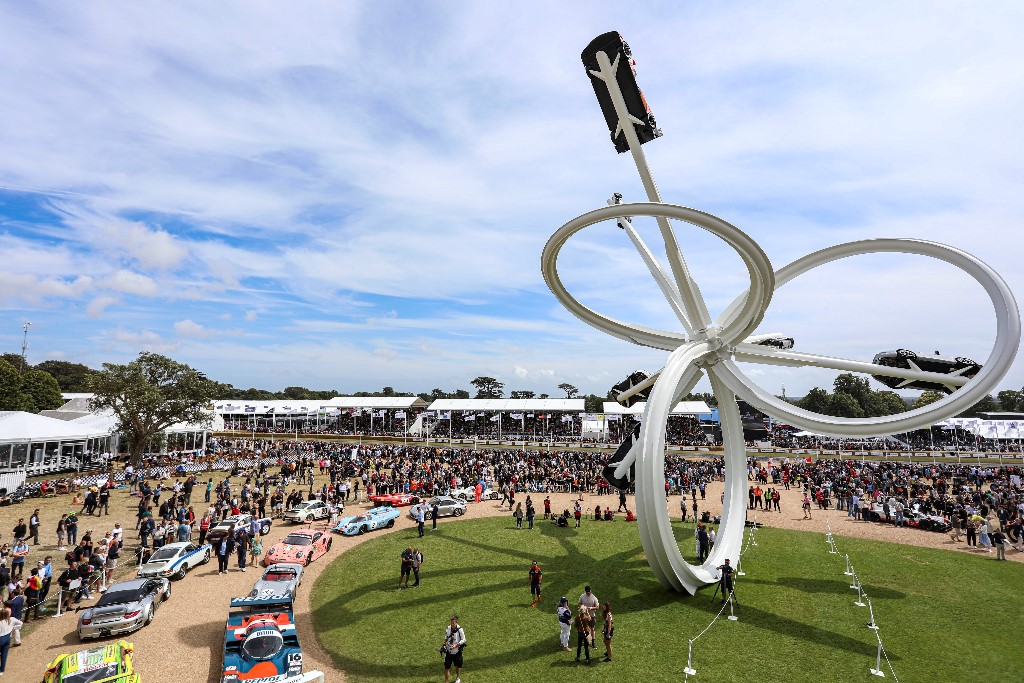
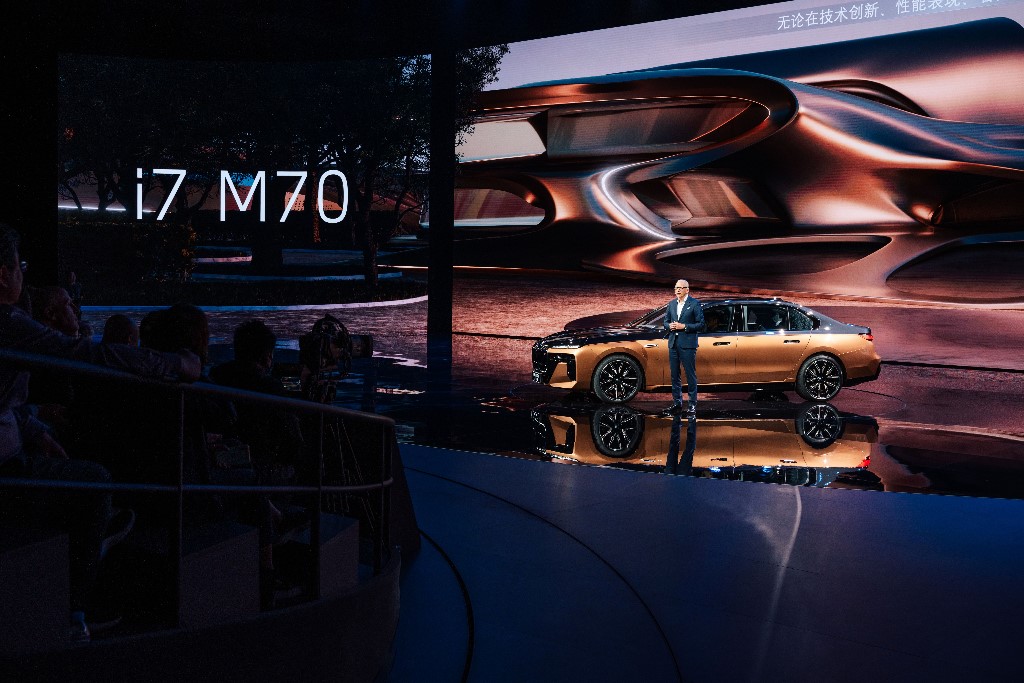

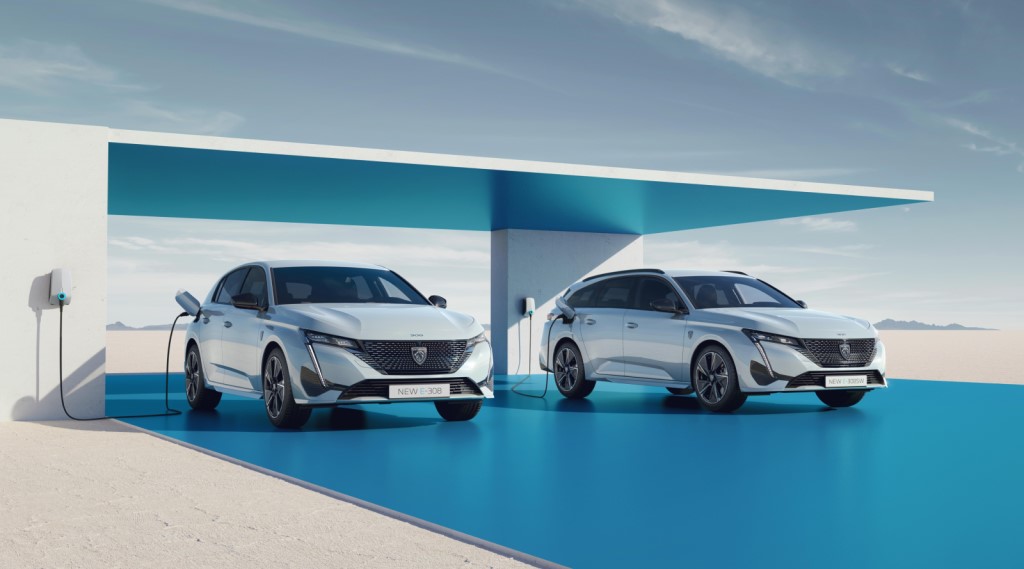
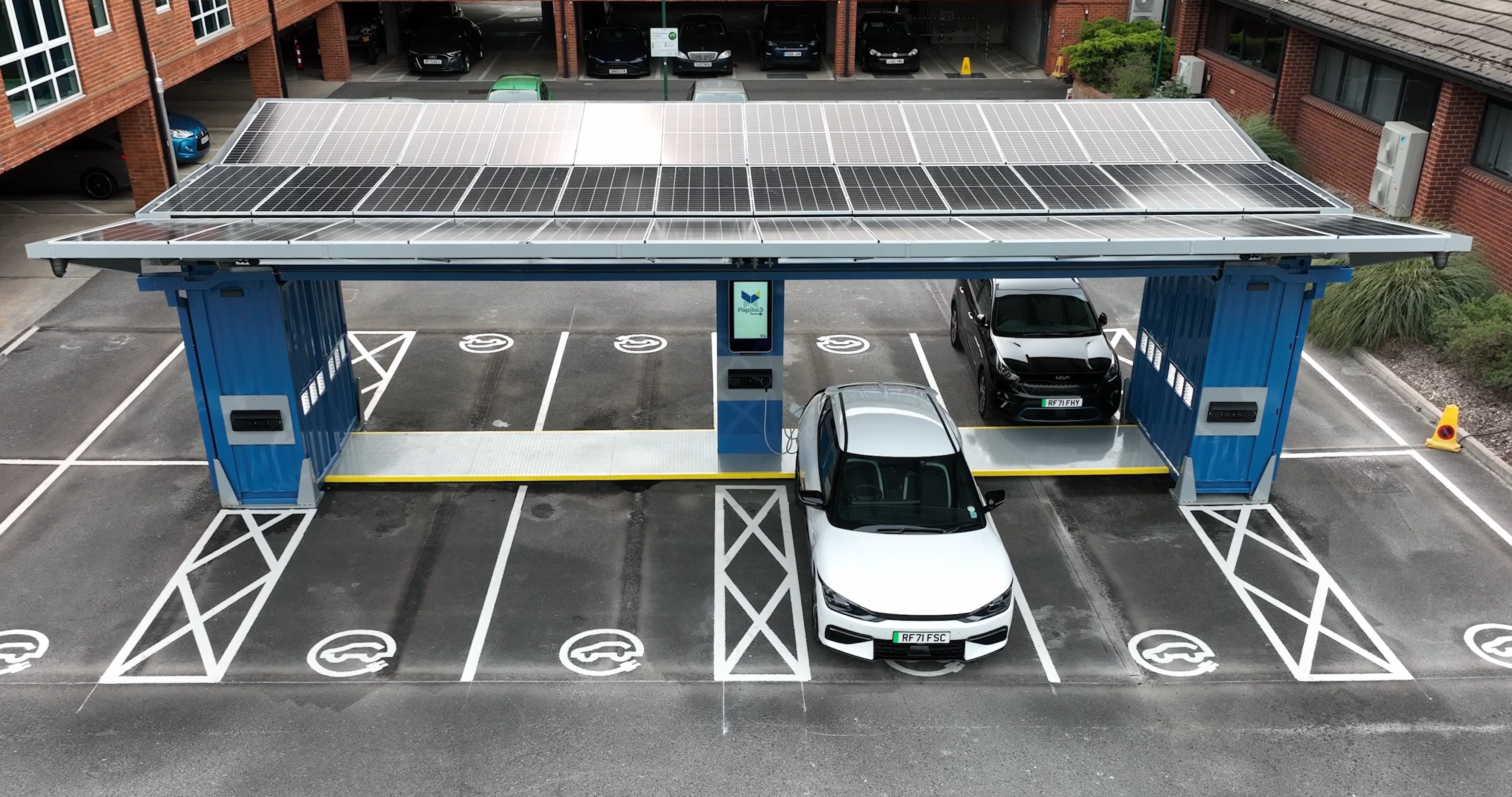
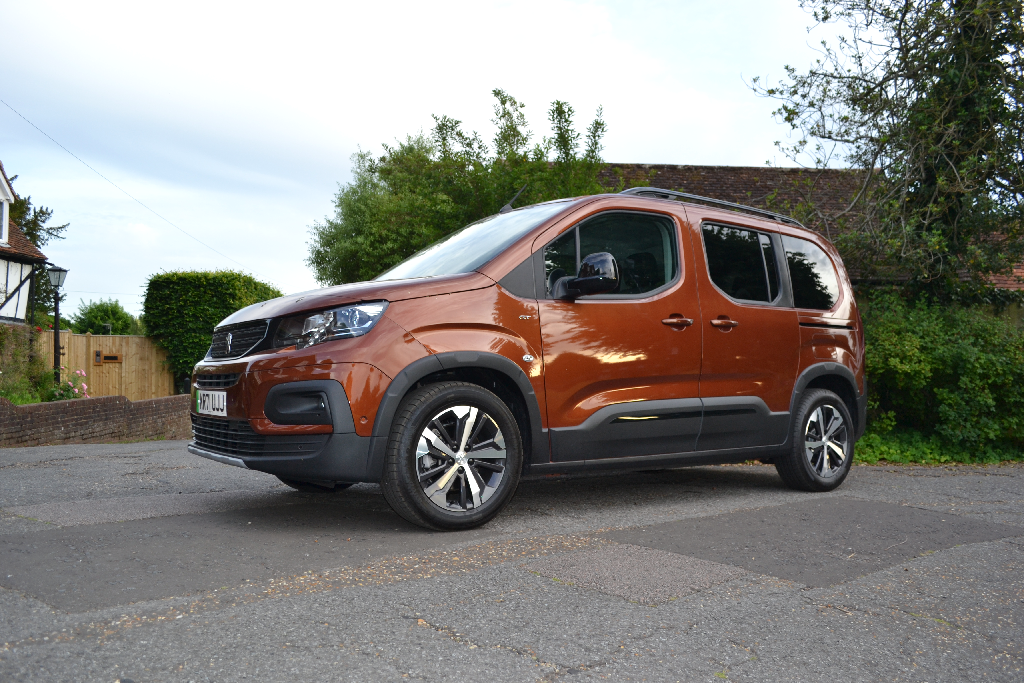

Comments (0)
Be the first to write a comment
Login/ Signup